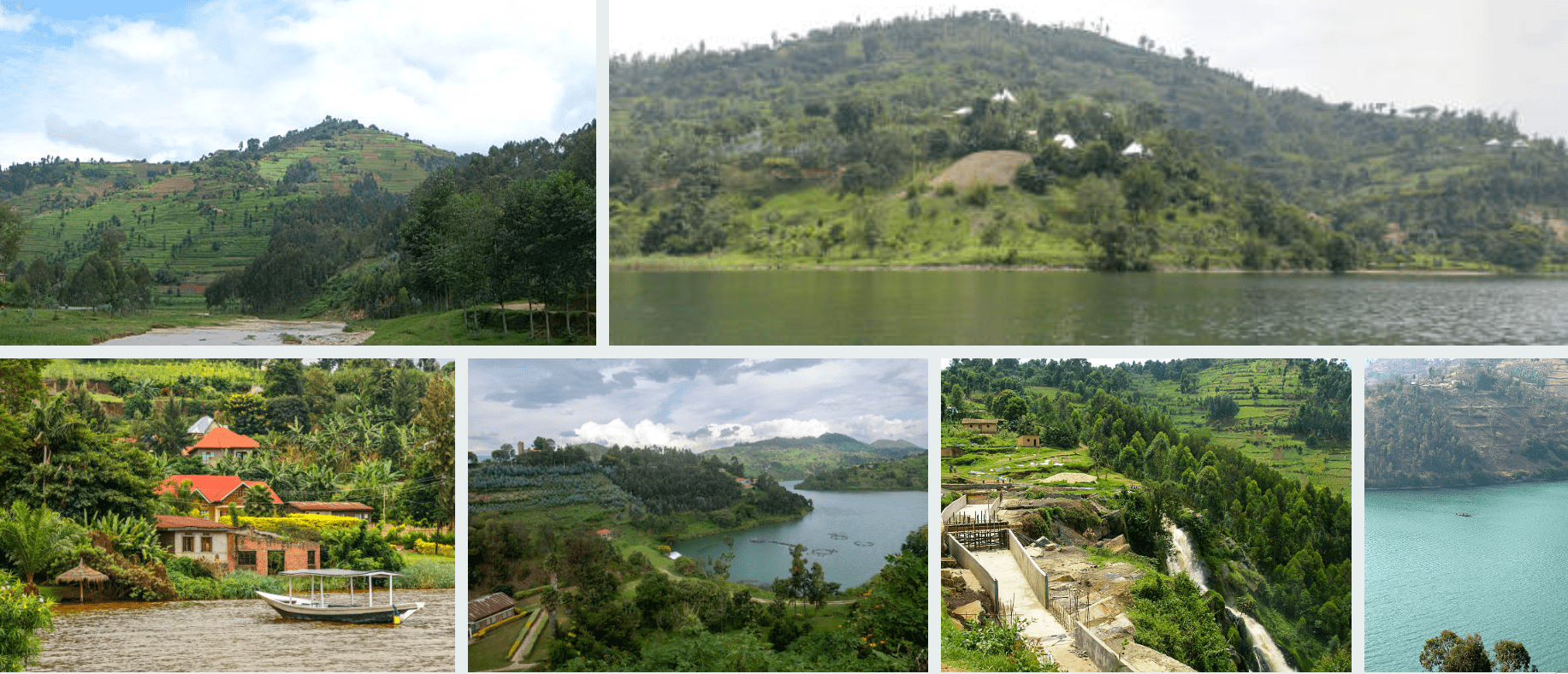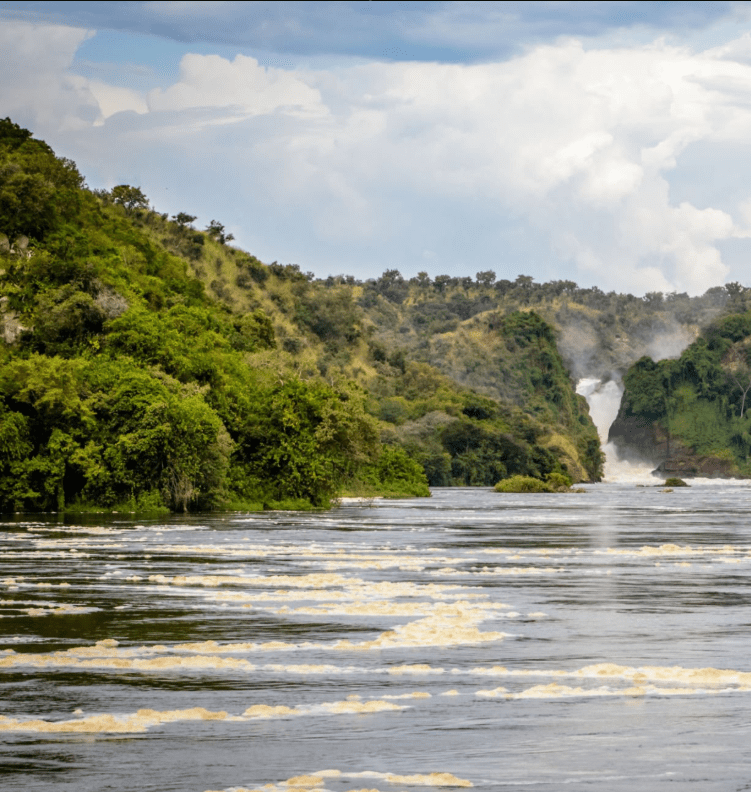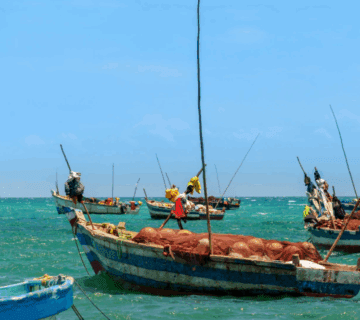How Safe is White Water Rafting in Rwanda
White water rafting is an exhilarating adventure sport that combines the thrill of navigating turbulent river rapids with the breathtaking beauty of nature. Rwanda, known as the “Land of a Thousand Hills,” offers some of the most stunning and challenging white water rafting experiences in Africa. However, for many adventure seekers, safety remains a primary concern. How safe is white water rafting in Rwanda? The answer lies in understanding the measures in place, the expertise of guides, the classification of rapids, and the preparedness of participants.
This article explores the safety aspects of white water rafting in Rwanda while inspiring readers to embrace adventure responsibly. Whether you’re a seasoned rafter or a first-timer, knowing what to expect can make your experience both thrilling and secure.
The Appeal of White Water Rafting in Rwanda

Rwanda’s white water rafting scene is centered on the Nyabarongo River, particularly near the town of Rubavu (Gisenyi) on Lake Kivu. The river’s rapids range from Grade II to Grade V, offering varying levels of difficulty suitable for both beginners and experts.
Beyond the adrenaline rush, rafting in Rwanda provides:
Stunning Scenery – Lush green hills, volcanic landscapes, and vibrant wildlife.
Cultural Encounters – Opportunities to interact with local communities along the riverbanks.
Sustainable Tourism – Many rafting companies support eco-friendly practices and local economies.
But with such excitement comes the need for caution. So, how safe is white water rafting in Rwanda? Let’s break it down.
Safety Measures in Rwandan White Water Rafting
1. Professional Guides and Training
One of the biggest factors ensuring safety is the presence of certified and experienced guides. Reputable rafting companies in Rwanda employ guides trained by international rafting federations, such as the International Rafting Federation (IRF). These experts:
Conduct thorough safety briefings before each trip.
Teach proper paddling techniques and emergency procedures.
Are trained in swift-water rescue and first aid.
2. Quality Equipment
Safety gear is non-negotiable in white water rafting. Reliable operators provide:
Helmets – To protect against head injuries from rocks or falls.
Life Jackets (PFDs) – High-quality, buoyant vests to keep rafters afloat.
Wetsuits & River Shoes – For thermal protection and grip.
Self-Bailing Rafts – Designed to prevent water accumulation.
Before embarking, always check if the equipment is well-maintained and fits properly.
3. Rapid Classification and Route Selection
Rapids are graded from I (easiest) to VI (extremely dangerous). In Rwanda:
Grade II-III rapids are ideal for beginners, offering moderate waves and clear passages.
Grade IV-V rapids challenge experienced rafters with intense drops and powerful currents.
Reputable companies assess water levels and weather conditions before each trip, adjusting routes to match the group’s skill level.
4. Emergency Preparedness
Even with precautions, emergencies can happen. Safety protocols include:
Safety Kayakers – Experts who accompany rafts to assist anyone who falls overboard.
Rescue Ropes & Throw Bags – For quick retrieval in case of a capsize.
Medical Support – Some tours have medics on standby or quick access to nearby hospitals.
5. Participant Responsibility
While operators ensure safety, rafters must also take precautions:
Listen to Guides – Follow instructions at all times.
Know Your Limits – Be honest about your swimming ability and fitness level.
Stay Hydrated & Protected – Rwanda’s sun can be intense; wear sunscreen and drink water.
Risks and How They Are Mitigated
No adventure sport is entirely risk-free, but understanding potential dangers helps in minimizing them.
1. Capsizing
Risk: Falling into fast-moving water can be disorienting.
Mitigation: Guides train rafters on how to position their bodies (feet up, floating on their backs) to avoid injuries.
2. Hypothermia
Risk: Cold river water can lower body temperature.
Mitigation: Wetsuits help retain heat, and trips are often scheduled during warmer parts of the day.
3. Dehydration & Sun Exposure
Risk: Long hours under the sun can lead to exhaustion.
Mitigation: Operators provide water breaks and encourage sunscreen use.
4. Wildlife Encounters
Risk: Some rivers may have wildlife like snakes or hippos (though rare in rafting sections).
Mitigation: Guides are trained to avoid such areas and respond if needed.
Why Rwanda is a Safe Destination for White Water Rafting
Compared to other global rafting hotspots, Rwanda stands out for:
✔ Strict Regulations – The government and tourism boards enforce safety standards.
✔ Smaller, Controlled Groups – Unlike overcrowded rivers elsewhere, Rwanda’s tours are intimate, allowing better supervision.
✔ Growing Expertise – With increasing adventure tourism, guides are continuously improving their skills.
Inspirational Takeaways: Embrace Adventure Wisely
White water rafting is more than just an adrenaline rush—it’s a test of courage, teamwork, and trust. By choosing a reputable operator and following safety guidelines, you can enjoy Rwanda’s rapids with confidence.
How Safe is White Water Rafting in Rwanda?
When proper precautions are taken, white water rafting in Rwanda is a thrilling yet safe adventure. The combination of expert guides, high-quality gear, and well-managed rapids ensures that participants can enjoy the experience without unnecessary risks.
So, if you’re seeking an unforgettable adventure in the heart of Africa, don’t let fear hold you back—raft responsibly and embrace the rush!


